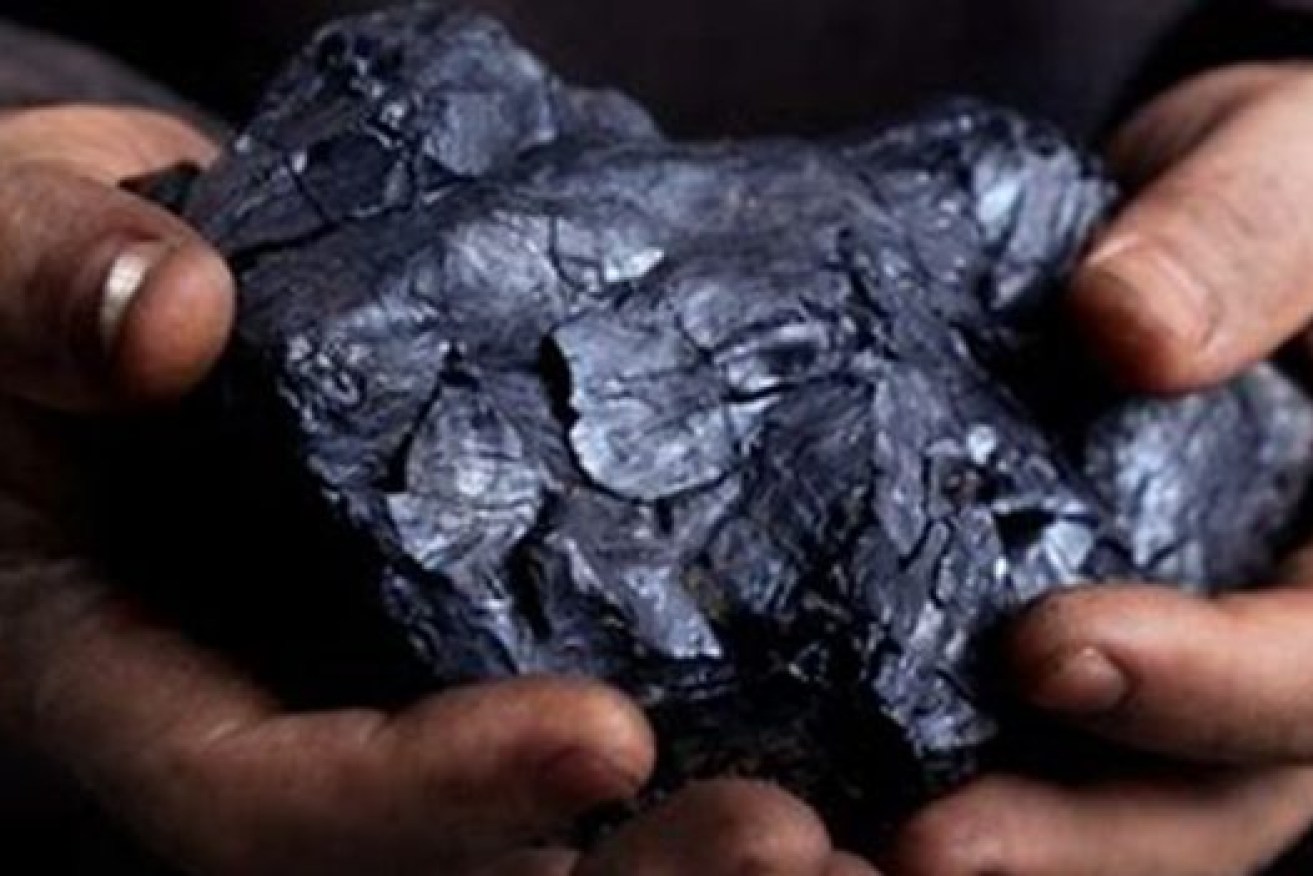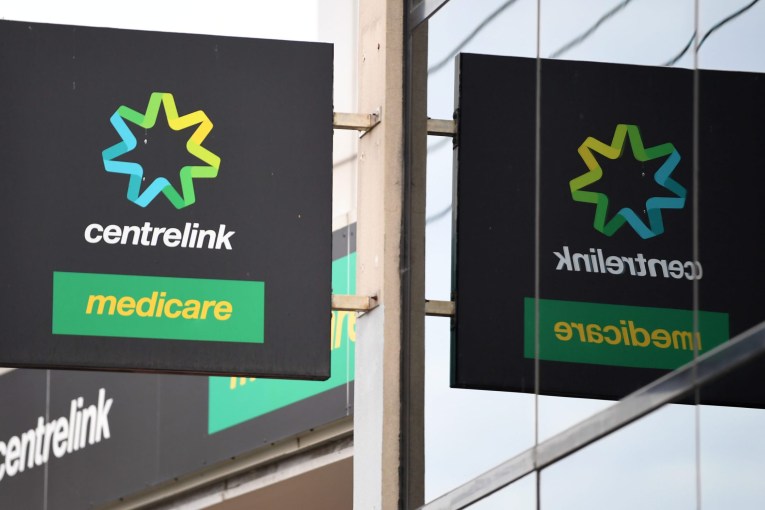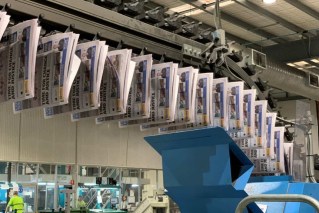How Russia’s invasion could spark revolution in Queensland resources
Russia’s invasion of Ukraine and the spiralling coal costs it helped create will hit home in Queensland’s coal sector as hydrogen comes into play, according to a green-aligned Institute for Energy Economics and Financial Analysis.


The Walton coal project has been revived
The report said PCI coal, which was mined extensively in Queensland because it can be used in the steel-making process as a replacement for more expensive coking coal, was likely to be a victim of the push for cheaper alternatives.
Report author Simon Nicholas said a number of companies were already exploring the replacement of PCI coal with hydrogen. German conglomerate Thyssenkrupp started the first industrial-scale test of PCI coal replacement with hydrogen in 2019.
Australia’s largest steelmaker BlueScope planned to replace PCI coal with coke oven gas, which contains 60 per cent hydrogen.
He said BHP had indicated hydrogen would replace PCI coal in blast furnaces and was divesting mines that produced lower-quality metallurgical coal, including PCI coal. It recently sold off its 80 per cent stake in the BMC joint venture to Stanmore Resources.
Rio Tinto had also highlighted that reducing carbon emissions from blast furnaces would require higher-grade iron ore and the replacement of PCI coal with hydrogen.
Market intelligence company Wood Mackenzie was also cited in the report claiming that PCI coal was under particularly high pressure in a scenario where global warming is limited to 2 degrees with demand falling 50 per cent. Even that scenario depended on a high roll-out of “as yet unproven carbon capture and storage technology’’.
“Russia supplies virtually all of Europe’s low-sulphur PCI coal and the European Union ban on Russian coal imports – to take effect from August 2022 – will clearly have a major impact on this trade,’’ the IEEFA report said.
“Australia is the only other major supplier of PCI coal but is unlikely to be able to make up for lost Russian supplies.
Australian PCI coal prices peaked at $US645/ton in March 2022 and was still at a very high $US365/ton in early April.
Report author, energy finance analyst Simon Nicholas, said the steel industry globally was exploring the potential for hydrogen while facing escalating coal prices.
“This is presenting challenges for the future of Australia’s PCI and coking coal. Particularly with opportunities for hydrogen apparent in the short term in blast furnaces and longer-term in direct reduced iron processes,” he said.
“With an increasing number of banks and other financial institutions ending their financing of thermal coal, it is useful to thermal coal miners to suggest that new mine developments will produce metallurgical, as well as thermal coal.”
“By maintaining that new mine projects will produce metallurgical coal, developers can suggest such mines are less exposed to energy technology change. Low carbon steelmaking technology is not yet at the advanced stage of development as wind and solar power, which are now mature, low-cost alternatives to generation using thermal coal.
“However, the outlook for PCI coal is now looking increasingly challenged by technological change just as renewable energy has impaired thermal coal’s long-term outlook.”
He said an early use of hydrogen in steelmaking would be in the replacement of PCI coal.
The Queensland Resources Council has been asked for comment.












